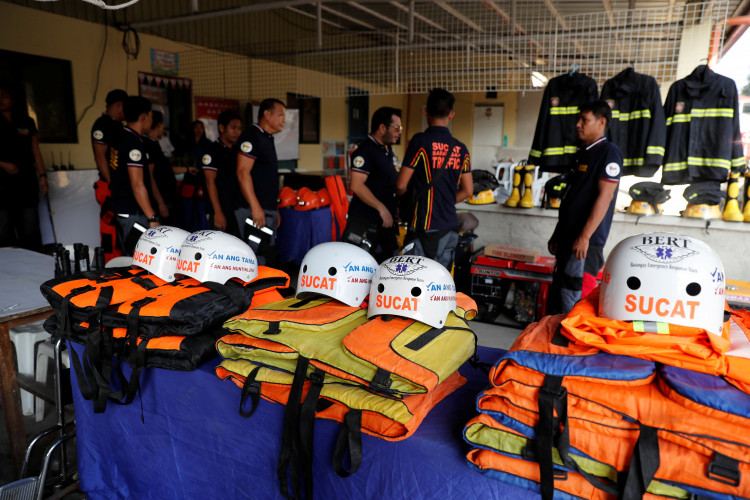The Super Typhoon Mangkhut still gathering its strength in the Western Pacific, and Hongkongers are now preparing as the storm is believed to be the strongest ever to hit the city. Here's what you all need to know about the super typhoon and why you need to be prepared.
The size is not the important factor when it comes to typhoons, or at least when it's still far out of the sea. Mangkhut is big; it has a massive circulation that could bring heavy rain and intense winds. As what meteorologists see, the whirling mass of clouds is considered to be the most powerful typhoon to ever hit Hong Kong since they began recording typhoon in 1946.
According to the South China Morning Post, Mangkhut has a maximum sustained wind of up to 240km/h (149mph), putting it on par with a Category 5 hurricane. This is the highest on the Saffir-Simpson wind scale for tropical cyclones in the western hemisphere.
In the current prediction of the Observatory, the tropical cyclone has been forecasted to pass within 100km of Hong Kong in early Sunday morning. Experts say Mangkhut could still make an adverse impact in the city even though it's not a direct hit. The massive rain band is also more than 900km wide, which could trigger landslides and floods.
Former director of the Observatory Lam Chiu-ying said the super typhoon poses "great danger to Hong Kong."
How Mangkhut became so powerful?
Professor Gabriel Lau Ngar-cheung, who is an atmospheric scientist at Chinese University, said Mangkhut possessed all the necessary ingredients of a superstorm.
"Its entire track has been over water and over the warmest seas in the world, in the eastern Philippines," he said.
When a typhoon spends more time above the water, it sucks more energy making it even stronger. Historically, typhoons taking the southwest or south-southwesterly track are said to be the most intense. Just like super typhoon Hato last year, or Wanda in 1962 which caused the deaths of 130 people and left 72,000 homeless.
Is it possible Mangkhut could still change its direction?
The super typhoon could change its direction while passing over the narrow Luzon Strait between Taiwan and the Philippine, as it would come across land and mountains first before hitting Hong Kong. The Observatory's tracking system indicated on Wednesday that there's 70 percent cent probability Mangkhut could deviate within a 500km radius from its predicted position closest to the city.
However, it still leaves uncertainty.
"The recent track of Mangkhut is more westerly than forecast ... it may hit Luzon and weaken. While the storm is crossing Luzon, it is possible that it turns even more west," said Clarence Fong Chi-kong, a meteorologist at the Macau-based ESCAP-WMO Typhoon Committee under the United Nations.
Are your weekend plans ruined?
Mangkhut is not expected to pass over Luzon and within an 800km radius from Hong Kong until Saturday night. This is the distance that which warrants a No. 1 standby signal. But, the city will feel the impact of the storm's extensive circulation earlier than that.
As per the Observatory, the weather could deteriorate by the end of the week, with a very hot weather forecast for Friday and Saturday. Later this weekend, it's predicted to have frequent heavy rain, squalls, and rough seas. Storm surge could also hit low-lying areas, while seas could swell up.






